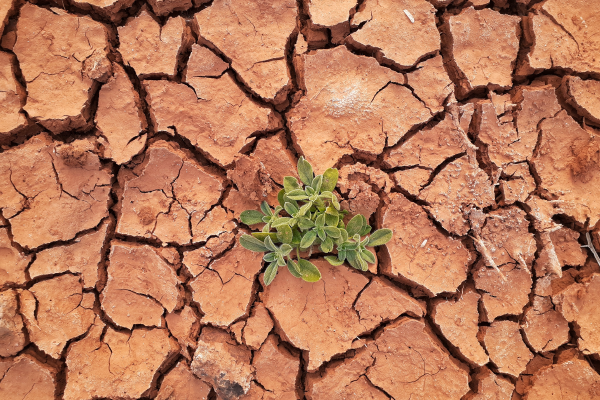
India, a land rich in biodiversity and culture, also faces an ongoing challenge with desertification. Desertification is the process by which fertile land becomes arid, losing its productivity due to factors such as drought, deforestation, and unsustainable agricultural practices. Water scarcity exacerbates this issue, especially in arid and semi-arid regions. As the impacts of desertification threaten agriculture, ecosystems, and livelihoods, water storage has emerged as a critical solution.
Understanding Desertification in India
India’s diverse topography includes regions like Rajasthan’s Thar Desert, where arid conditions are a natural feature. However, desertification is no longer confined to traditional desert regions. States such as Gujarat, Karnataka, and Maharashtra are witnessing encroaching desert-like conditions due to declining groundwater levels, erratic rainfall, and human activities such as deforestation and overgrazing.
Desertification has far-reaching consequences for food security, biodiversity, and rural economies. It depletes soil fertility and reduces agricultural yields, leading to migration and economic distress in affected areas. Addressing this issue requires integrated solutions, with water storage playing a pivotal role.
Water Storage as a Key Strategy
Water storage involves the collection, retention, and management of water resources to ensure availability during dry spells. In India, traditional and modern water storage methods can combat desertification effectively by mitigating water scarcity and improving soil health. Here’s how water storage helps:
Recharge of Groundwater: Rainwater harvesting structures like check dams, percolation tanks, and recharge pits allow rainwater to seep into the ground. This replenishes groundwater levels, ensuring sustainable access to water for agriculture and daily needs.
Support for Irrigation: Reservoirs and irrigation tanks provide a reliable water source for farming, even during periods of low rainfall. This stabilizes agricultural productivity and reduces the pressure on groundwater extraction.
Soil Moisture Retention: Small-scale water storage systems, such as farm ponds, help retain moisture in the soil, preventing it from drying out and becoming susceptible to erosion. Moist soil is less likely to degrade into arid land.
Promotion of Afforestation: Water storage enables large-scale afforestation efforts in desert-prone regions. Planting trees improves soil structure, reduces water runoff, and enhances groundwater recharge, creating a cycle that mitigates desertification.
Traditional Wisdom: India has a rich history of water storage practices, such as stepwells and baolis, which efficiently conserved water in arid regions. Reviving and adapting these age-old techniques can complement modern methods.
Conclusion
Water storage is a vital tool in India’s fight against desertification. By conserving and managing water resources, we can restore degraded lands, secure livelihoods, and protect the environment. Combining modern technology with traditional wisdom, along with community involvement and policy support, will ensure a sustainable future for generations to come. Investing in water storage is not just an environmental necessity, it is a lifeline for India’s fight against desertification.


